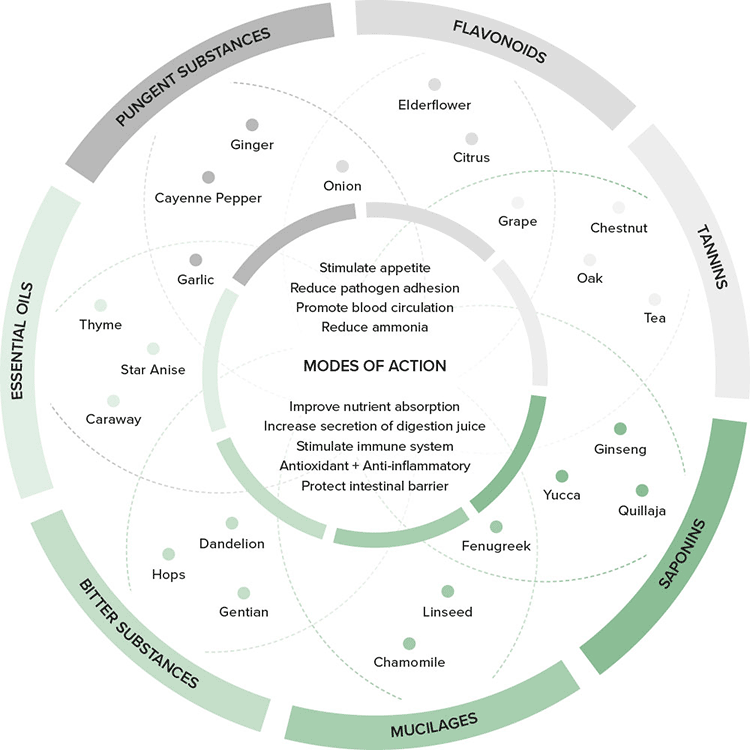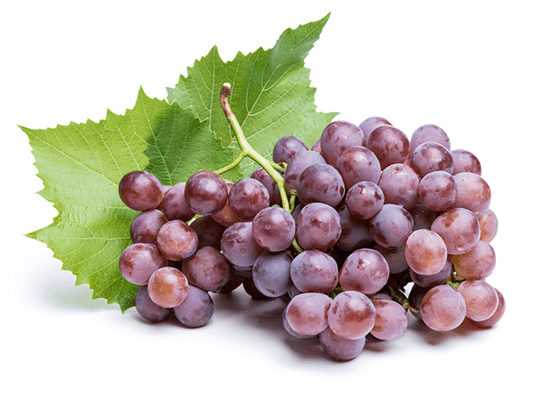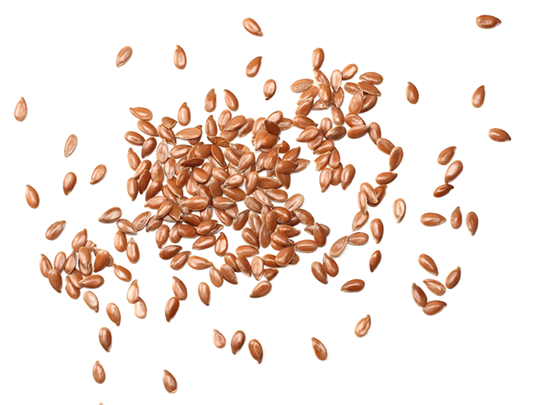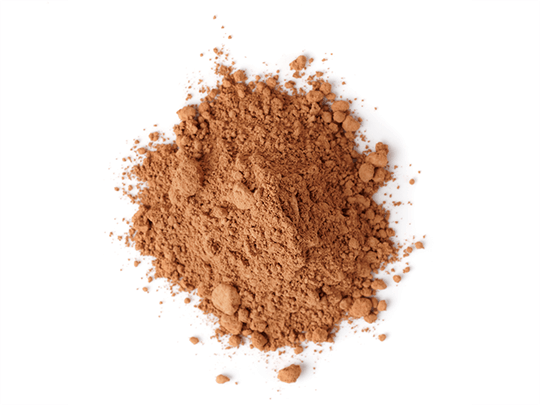Phytogenics in animal feed in the spotlight: The seven substance groups (part 2)
Whether in coffee, tea, wine or the marshmallow plant - we encounter phytogenics almost everywhere. In the second part of our article series “The seven substance groups”, we put phytogenic ingredients in the spotlight again. Find out how they already affect your daily life and let nature work for you!
Unlock the plant universe


Flavonoids
Flavonoids are secondary plant metabolites occurring as components in fruits, vegetables, and medicinal plants. Common sources include onions, citrus fruits, coffee, tea or grains. By the way, the flavonoid content of some vegetable or fruit varieties can be recognized particularly well by their color: Flavonoids are what give plants yellow, orange, and red colors. Since the body is not able to synthesize flavonoids on its own, they have to be supplied to the body via food – this works, by the way, with a glass of red wine as well.
How it works: Currently there is an enormous amount of research on the use of flavonoids in animals and humans. The list of modes of action is therefore very long and continues to grow over time. The reason why there are so many modes of action is that flavonoids interact with a variety of cellular targets.
The best-described property of almost all flavonoids is the antioxidative activity, which is reported to exceed that of known antioxidant vitamins (C and E) and carotenoids in vitro and in vivo studies.
Good to know
Antioxidative means that cells and cellular components are protected from damage and destruction by free radicals. Free radicals are produced naturally in the body as part of metabolic processes and part of the immune system’s strategy for destroying invading microorganisms. Free radicals are also produced during stress with high activity (sport for human, high production pressure for animals) or during chemical treatments (e.g : cancer treatment).
Modern history: Did you know that chocolate can be healthy? Scientific studies have shown that the intake of flavanol-rich cocoa and chocolate products improves the endothelial function of arteries and the microcirculation in human skin. Moreover, cocoa consumption acutely increases oxygen saturation and can help to prevent cardiovascular diseases.
Delacon fact
The effects of flavonoids, such as an increase in antioxidant capacity in the body (increase in superoxide dismutase as an antioxidant enzyme and decrease in malondialdehyde as a biomarker for oxidative stress), are proven in scientific studies. The antioxidant effects of flavonoids in poultry feed can help to contribute to sustainability by prolonging the shelf life of poultry meat. As a result, less food ends up in the trash can.

Mucilages
Mucilages are the slimy, sticky secretions of polysaccharides produced by some parts (such as roots, seeds, bark, flowers or foliage) of different plants. Chemically, mucilages are similar to gums (composed of polysaccharides), but they differ in certain physical properties. Gums readily dissolve in water, while mucilages form slimy masses. Among the slime-forming plants are flax seeds, cactus, psyllium, fenugreek, aloe vera, chia seeds or the marshmallow plant, to name a few.
How it works: Since the intestines are the key to good health, mucilages in animal nutrition can be used to stimulate the production of mucus in the small intestine and also to protect the intestinal mucosa. The polysaccharides of guar gum, for example, form a thin protective layer on the mucosal surface and thus provide a protective barrier against pathogenic microorganisms.. Mucilages also help to relieve constipation by increasing peristalsis in the gastrointestinal tract and facilitating defecation. Several studies have shown that plant mucilages have biological activities such as anti-inflammatory, antispasmodic and anti-allergic properties and act as cough suppressants. In addition, mucilages have a prebiotic effect. The intestinal microbiota can break the polysaccharides down into short-chain fatty acids, which serve as energy suppliers.
Modern history: Mucilages do not only serve a purpose in animal or human nutrition. Especially carnivorous plants are not able to survive without mucilages. The plant genus Drosera, for example, produces small sticky drops of mucus with the glands in its leaves. Those drops look like dew – hence its general name: sundew. Small insects stick to these drops, which are then digested by the plant. In the past, plant-based mucilages were also mixed with water and used as glue, e.g. for stamps. Moreover, the pharmaceutical industry uses mucilages as tablet binders which provide cohesiveness and convert the powder mass into granules as well as muco-adhesive agents to improve the adhesion of drugs to the mucus or mucous membranes allowing slow drug delivery and improving the bioavailability and solubility of drugs.
Delacon fact
The application of mucilages in animals’ diet is mainly to protect internal mucous membranes. Mucilages support the formation of mucinlike on the top of the irritated tissues. Therefore, they can be used as a treatment during irritation of the respiratory and digestive tracts.

Tannins
Common examples include oak tannins, chestnut tannins, mimosa tannins, and quebracho tannins.
How it works: In the rumen, condensed tannins form complex compounds with forage proteins and protect them from microbial degradation, without affecting the amount of microbial protein synthesis. Since this bonding is reversible and depends on the pH value, it is assumed that the protein-tannin-compound dissolves again in the small intestine, thus the proteins become available to the ruminant in the posterior intestinal sections. Therefore, dietary condensed tannins can increase the amount of by-pass protein, enhance the milk production or improve the ovulation rate or wool growth.
Modern History: I’ll bet you consume tannins too – mostly in the form of tea or coffee. Most wines also contain tannins. If wines are stored in charred oak barrels to mature, tannins from the wood get into the wine. In addition, grapes also contain polyphenols. The higher the concentration of the tannins – the more astringent the wine tastes.
Tannins are also an important component in the tanning of leather or the food industry (sugar extraction for clarified sugar, in the wine industry for taste and color). Tannins are also used in the dyeing industry as a substitute for formaldehyde resin or as rust converters.
Delacon fact
In this world of polyphenols there are two different categories: hydrolyzable tannins and condensed tannins – each distinguishable by their molecular size and the nature of their structure. Thus, feeding tannins contribute to a reduction of greenhouse gases. In addition, condensed tannins can prevent the formation of foam during feeding with high levels of soluble proteins, such as legumes, and thus counteract the risk of flatulence. But attention: If hydrolysable tannins are fed in high dosage, this can lead to poisoning.
References available upon request
Which phytogenic ingredient would you like to know more about?

Anne Oberdorf
Anne has always been fascinated by the unknown, the diversity and beauty of nature. Her love for nature brought her to Delacon in 2018 after studying agricultural sciences, where she worked as Technical Communications Manager and later as Product Manager Aquaculture. Since February 2021, she has been taking a new, natural career path outside of Delacon.










